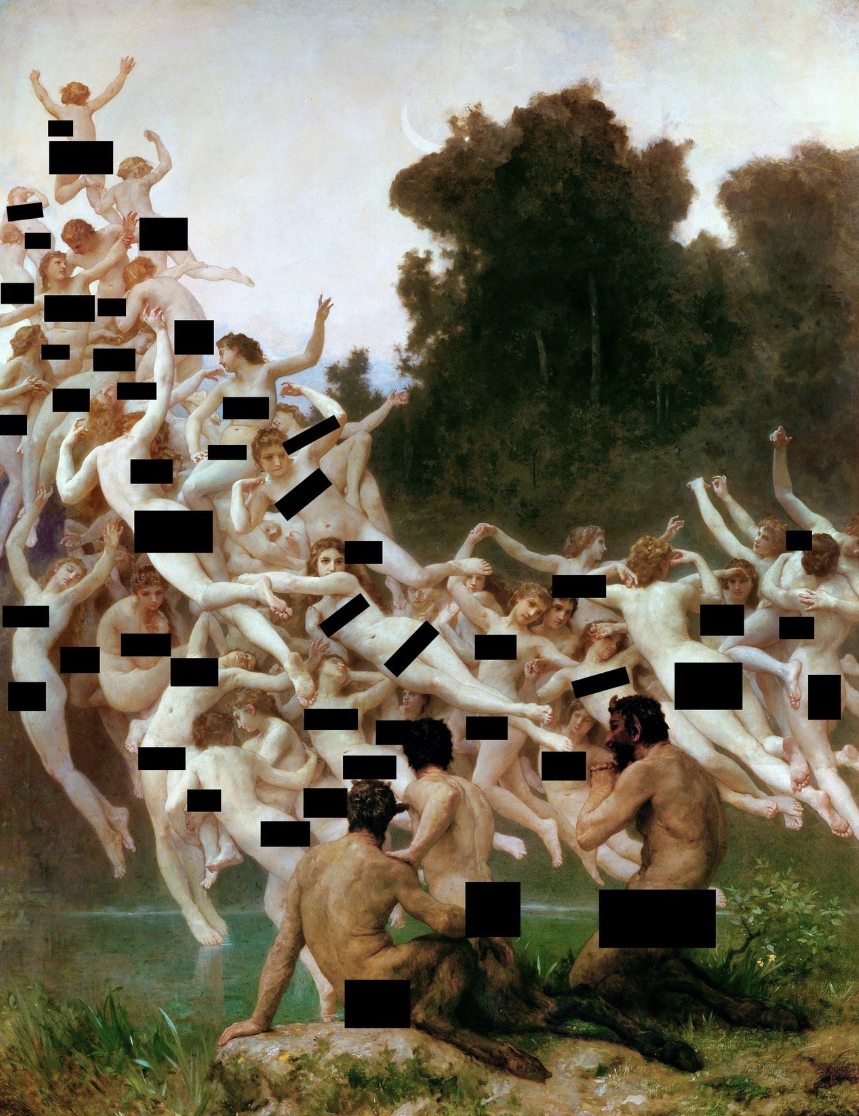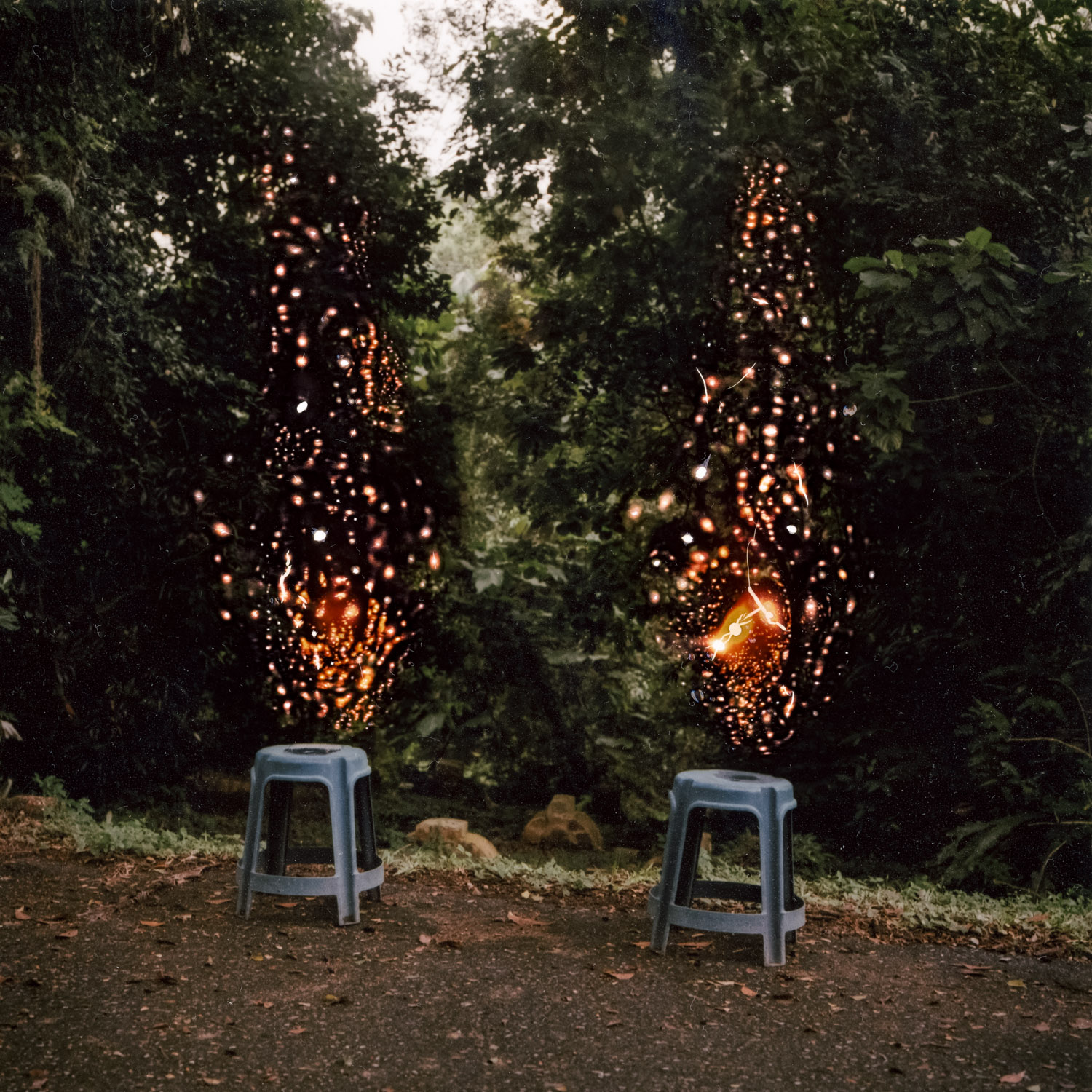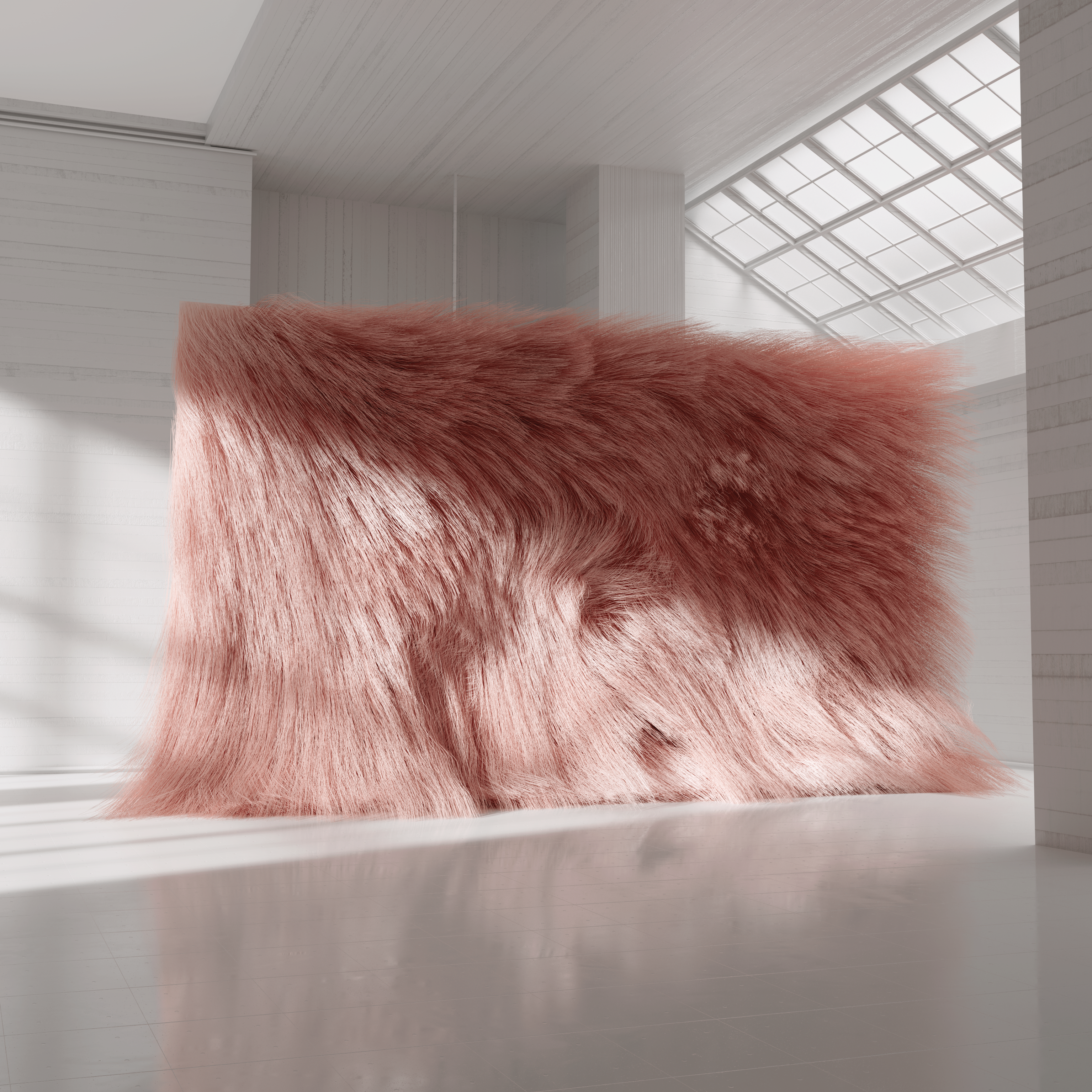Read Time 7 minutes
Notes on a scandal: Just Stop Oil vs Vincent Van Gogh
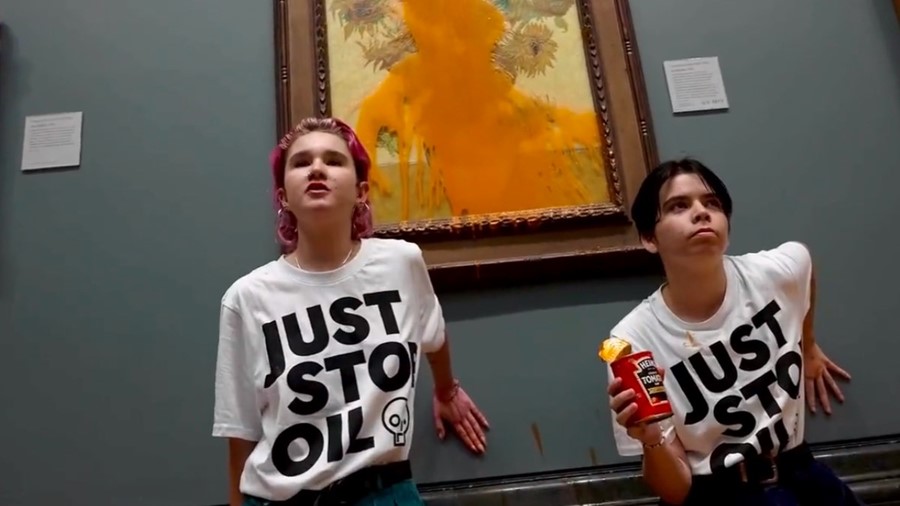
Sometimes I go to the National Gallery and sit in front of a painting for a few hours and do my best to draw it. Usually I choose the paintings next to the comfiest seats [the sofas by the Valázquezes are my preference] but I have also attempted a few Degases in my time, namely Combing the Hair [1895], which hangs on the next wall to Vincent Van Gogh’s The Sunflowers [1888], and has a clearer view than its more famous neighbour. When I sit there I like to listen to the parents try to explain to their kids why the Dutch artist’s painting is one they should pay attention to, store in their memory so they can say that they’ve seen it, in the flesh, as it were. Occasionally a parent will tell their child that this was an artist who didn’t sell a single painting during his lifetime, but is now considered to be the GOAT [or words to that effect]. Now and then one will mention The Ear. More often though, they point out the value. Not necessarily in art history terms or emotional ones, but financial. Some wild figure with so many zeros it is beyond the comprehension of most people, children and adults alike.
So, it was this painting, one with such significant value that onlookers swoon before it, that Just Stop Oil targeted with their soup missile last week and woooooh, people are pissed. People on both sides! The righties and the lefties! And the as-yet-undecideds!
Shall we get into it?
A critique that I’ve encountered numerous times since the protest, even from those who want to see the good in it, is that throwing two cans of soup over a painting, this particular painting too, in order to protest the oil industry is simply… random.
The post-impressionist painter Vincent Van Gogh is considered, posthumously, to be one of the greatest artists in history. There is even a minor planet named after him. His works are amongst the most expensive in the world, his name a household one. Though this was not always the case; when Van Gogh was alive he lived mostly in abject destitution, despite the support of his brother Theo. His preoccupation with nature and dogged pursuit of radical art are revered today, but his work never sold while he was alive, and his turbulent mental health left him without means. Just Stop Oil are protesting to halt the production of fossil fuels, which is ostensibly an environmental issue, but which also has very real human ramifications too [see cost of living]. The climate crisis is already being felt harshly––in the Global South particularly––and it will continue to be the most marginalised and poorest people who suffer its impact the greatest. By desecrating the work of a man like Van Gogh, Just Stop Oil have drawn a parallel with the way policy makers choose time and time again to shit all over the poorest in society. I don’t think choosing a painting by say, Sir Joshua Reynolds or Thomas Gainsborough would have had quite the same effect.
Not only this, note too that Van Gogh was a man absorbed, to the point of obsession, with the natural world. Its beauty consumed him. This cause would, one suspects, have his support.
There are a few not-so-serious reasons for this painting too; it’s oil, it’s of sunflowers [geddit??!!], but very crucially, it’s protected by glass so actually there was no real damage done apart from to the frame, which the protestors had calculated beforehand. Criticism over the means and the message I do find fair — it takes a little too much explaining. Choosing art in a gallery [one no longer affiliated with BP] to target, rather than a government building, or a place more closely linked to the oil industry doesn’t make for such a snappy soundbite. But, it’s made headlines nonetheless.
The Sunflowers is a bloody famous painting, so naturally there have been accusations that this was just a stunt, but yes, duh obviously!! A climate change protestor set himself on fire at the September Laver Cup in London and it received far fewer op-eds than this. And comparatively, this stunt is pretty low-key. It is also one of a series of stunts that Just Stop Oil are pulling at the moment, with various degrees of recognition and upset, but I am of the opinion that big issues need big stunts, and I doubt that any Just Stop Oil activists would have wanted it to come to this, given the choice.
Many have commented that this so-called ‘random’ stunt is at risk of alienating more people than it persuades, but I think it’s worth noting here that seldom have palatable forms of protest been as effective as loud and ugly ones. Bureaucrats and policy makers would have you believe that they do not respond to violent direct action and that your time would be better spent signing petitions, penning letters to your MP and ? voting ? . The label ‘terrorists’ has been thrown around to describe activists from suffragettes to civil rights campaigners to Extinction Rebellion. Whilst no group’s tactics are beyond reproach and scrutiny [whether we support their aims or not], the fixation with quantifying the results of these so-called ‘terrorist’ actions bemuses me somewhat, because how exactly do we do that? What precisely is the metric for how successful a campaign is? Who makes the call on what part of the campaign was the reason for success [eg, the disruptive part or the polite part, for they are often simultaneous]? And, crucially, if we agree with its cause, can we not withstand a little inconvenience on the way to achieving it? I don’t mean give carte blanche to violence or suggest ‘any means necessary’ without exception, but I think it a question worth asking.
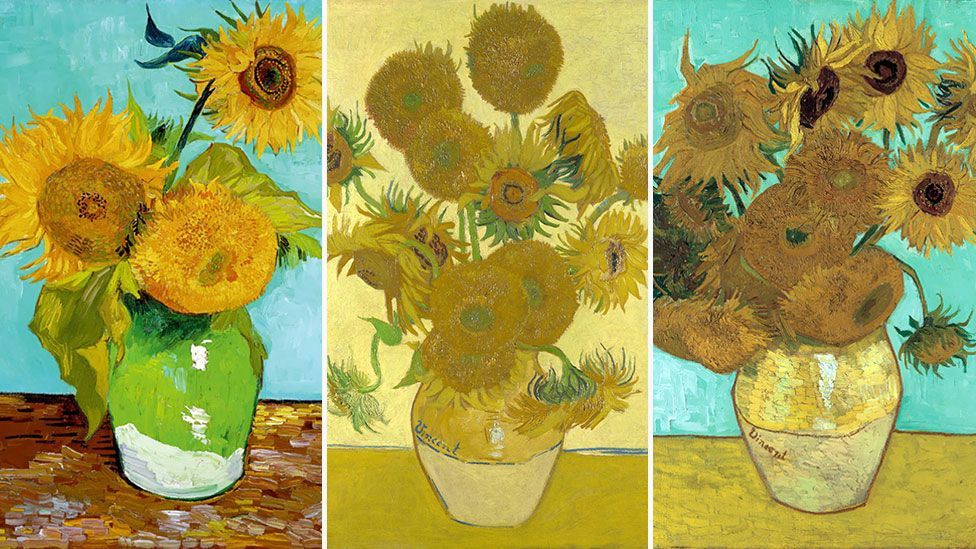
This is all low-hanging fruit, but there is something bigger that’s been bugging me. It’s this idea that art is somehow so sacred it should be left well enough out of it. That the only person supposed to exercise any sort of political point using art to do so, is the creator.
Why is this? The fashion industry has a long history of protest, both by insiders and outsiders, those who use clothes to make their statement and those who destroy fashion objects as a way of making theirs. Statues, public sculptures, buildings of all kinds have been touched by protest of different forms over time. Why should art be off limits, when surely it carries just as much political weight, if not more, as other things which have been designed and created? As other beautiful things?
A [now-deleted] tweet from journalist Emma Kennedy pointing out, in the wake of the Just Stop Oil protest, that attacking art is also a tactic used by The Taliban, was one of a number of dumb things I’ve read this week. But it did give me pause. Was Nazi book-burning amoral because they burnt books, or because they burnt books by Jewish and leftist writers in order to denounce those groups?
Destroying art of any kind [unless you are the maker] is universally condemned, but is it inherently evil, or is it the motive for doing so which makes it abhorrent? And why is it seen as so much more provocative and barbaric than destroying the planet which is the container for culture, and for everything else?
What is the sanctity of Van Gogh’s The Sunflowers? Why is this painting worth more to people than the real world we live in?
So many questions.
I am no fan of iconoclasm, let me be clear. I wish this wasn’t necessary, but we are at the precipice. I am glad that art––and my boy Van G––is held in such high esteem, but if it’s a choice between voting politely and respectfully, hoping your voice will be heard, or taking controversial measures to make bloody certain your voice is heard, then I know where I stand.
END
subscribe for the latest artist interviews,
historical heronies, or images that made me.
what are you in the mood for?


